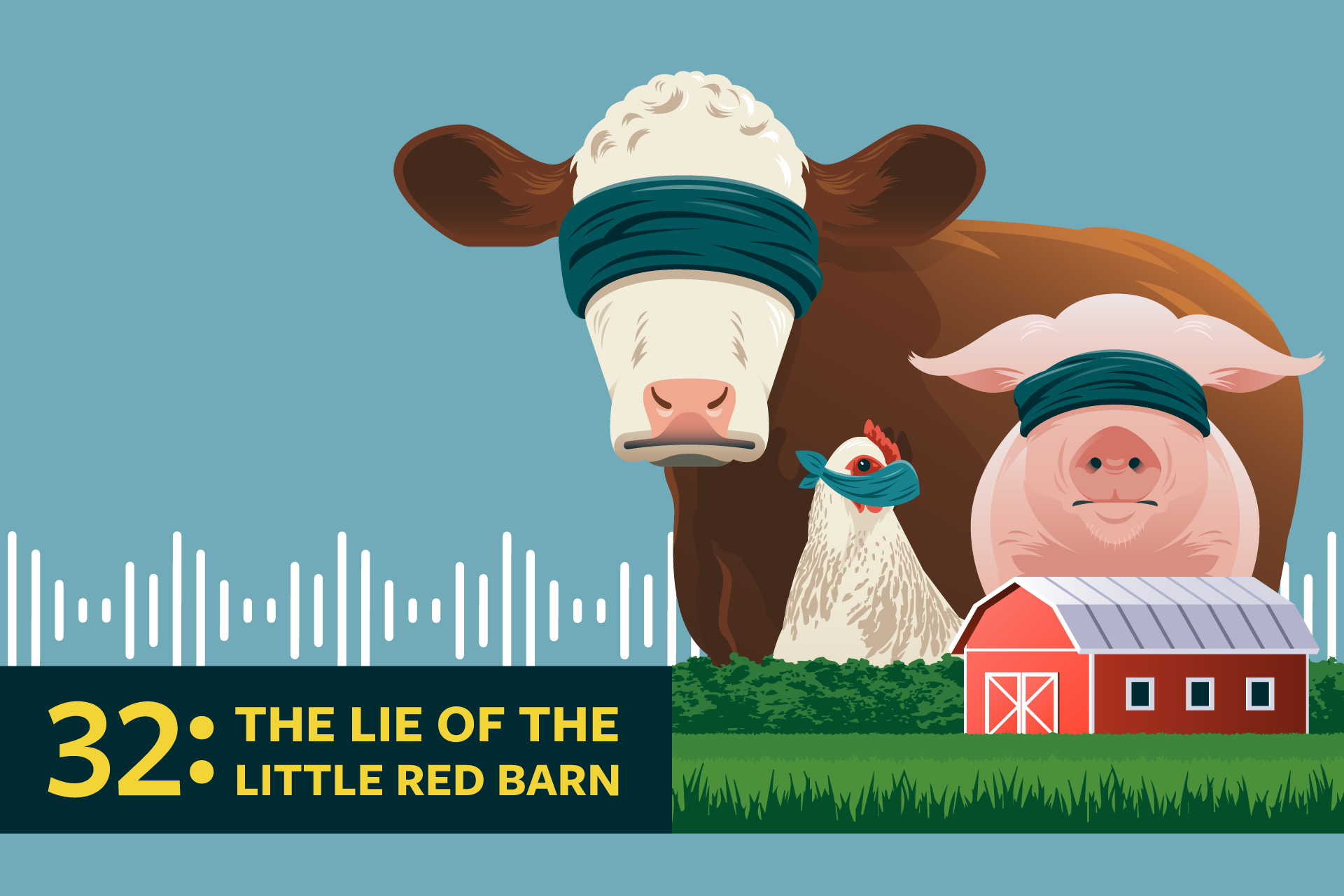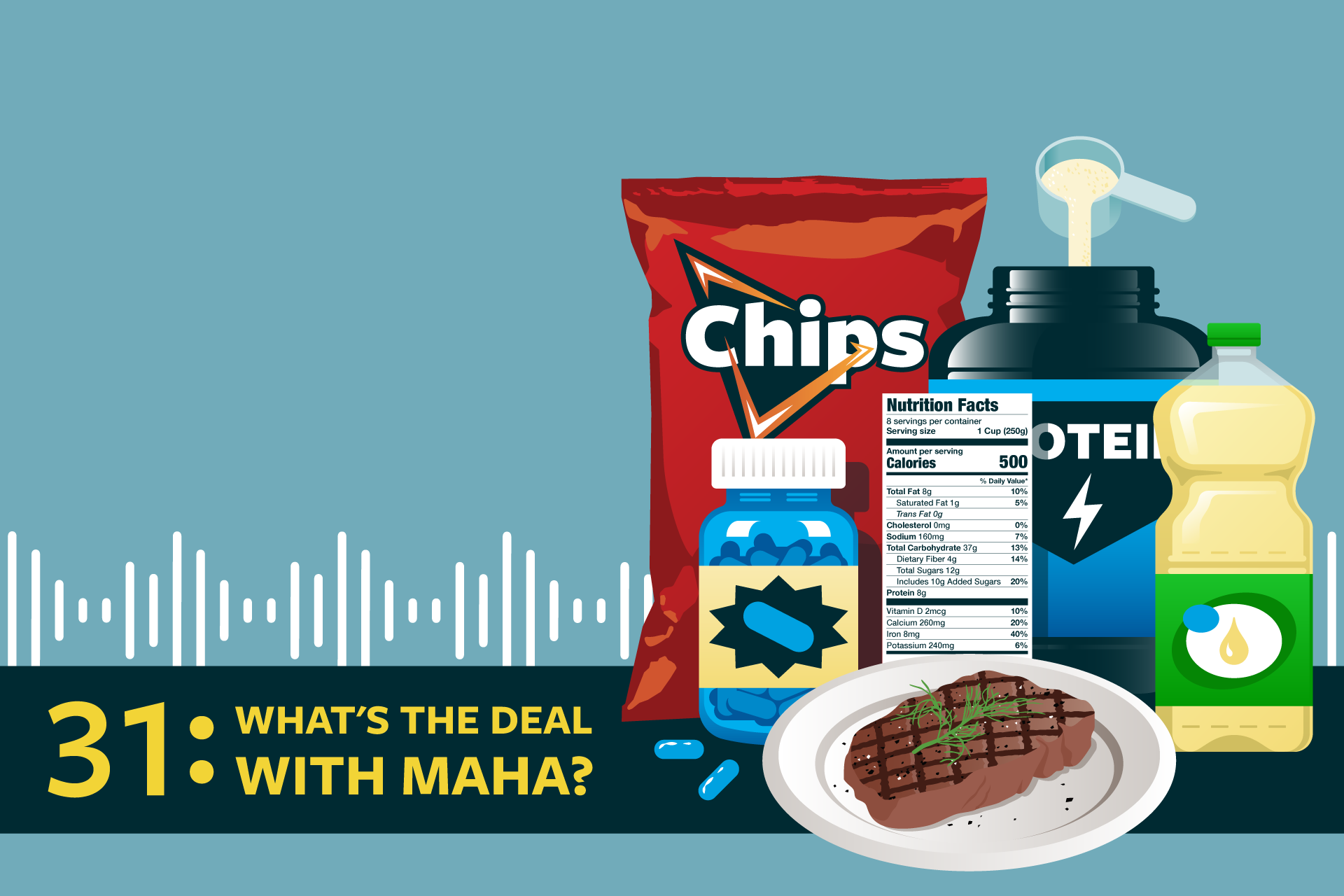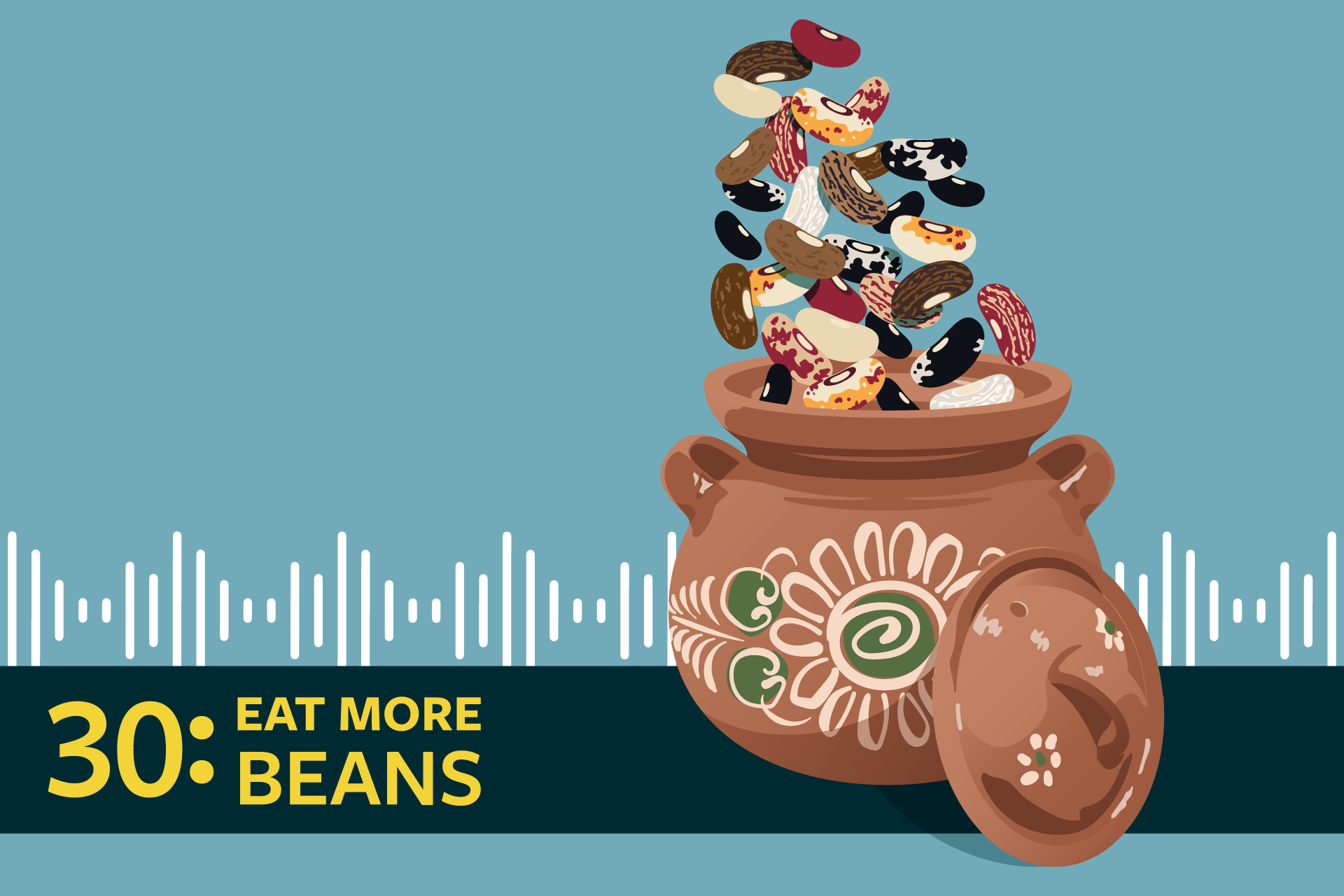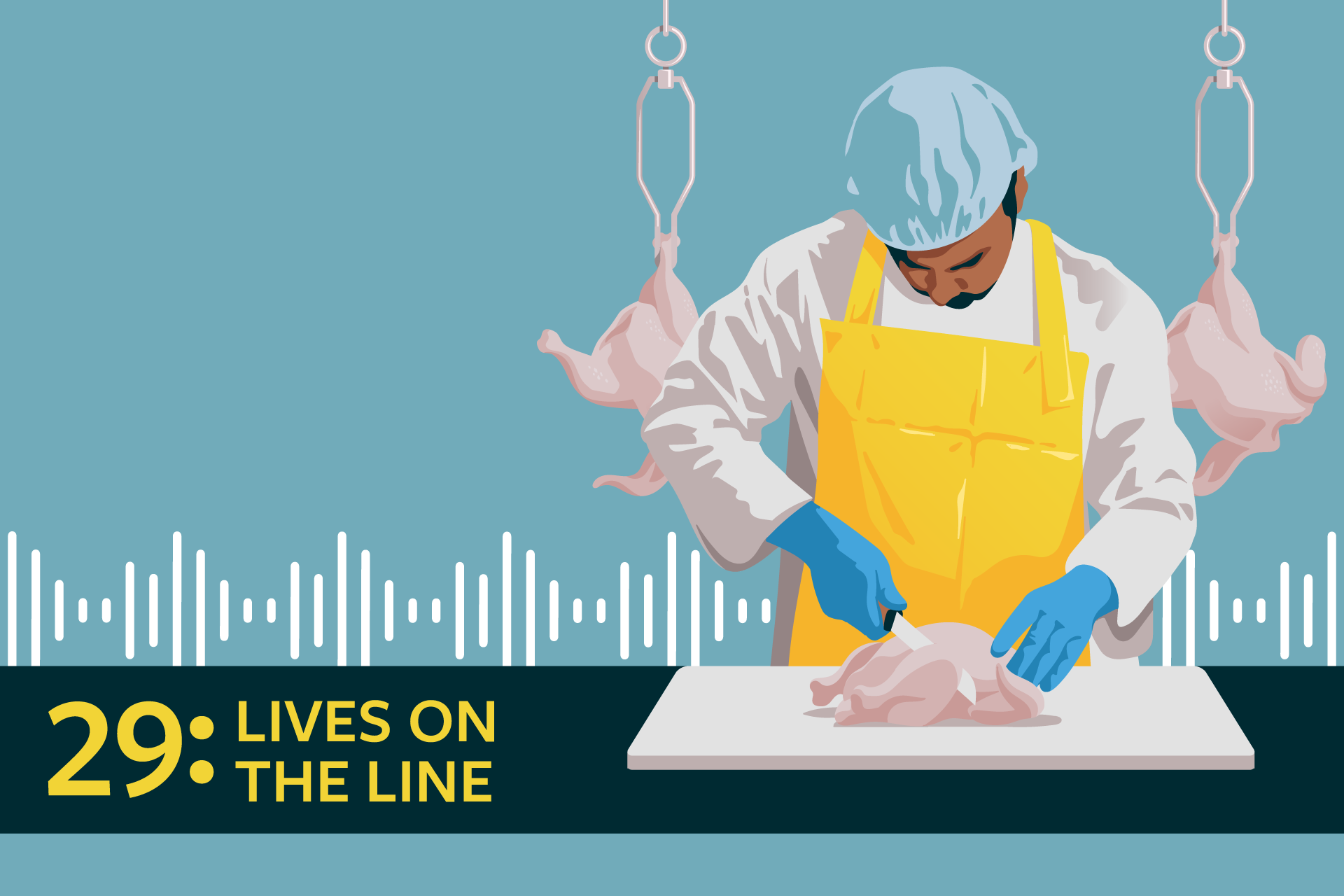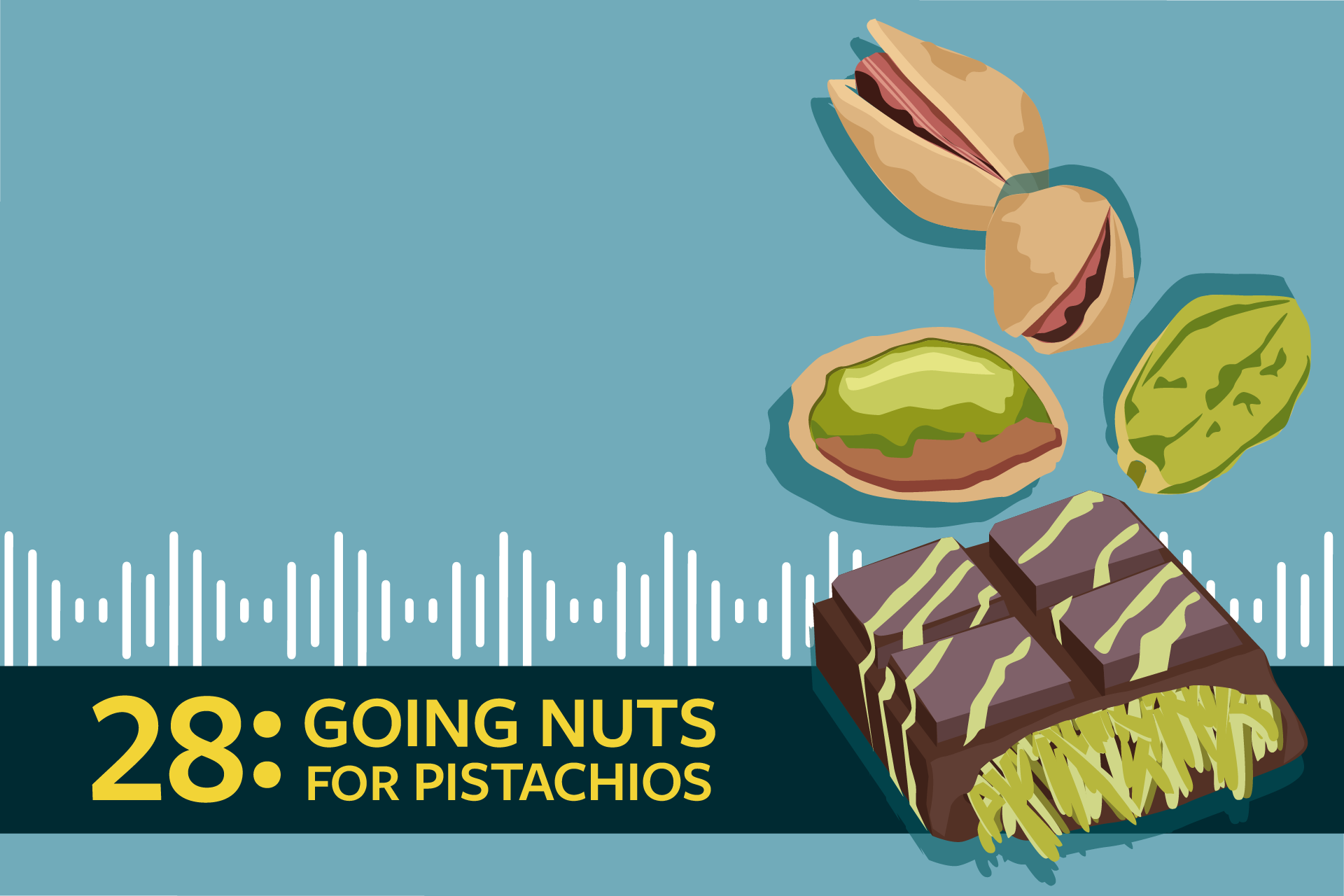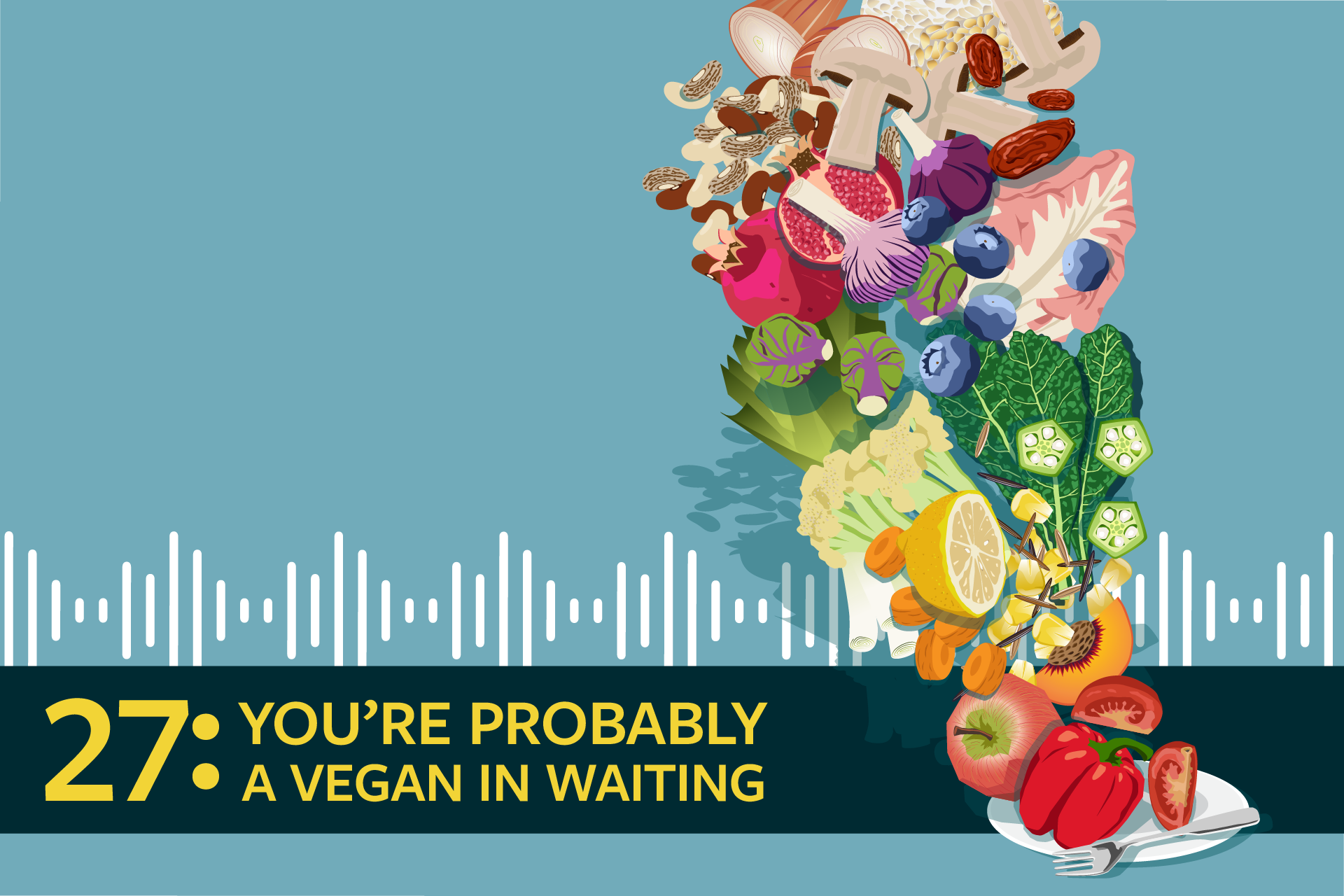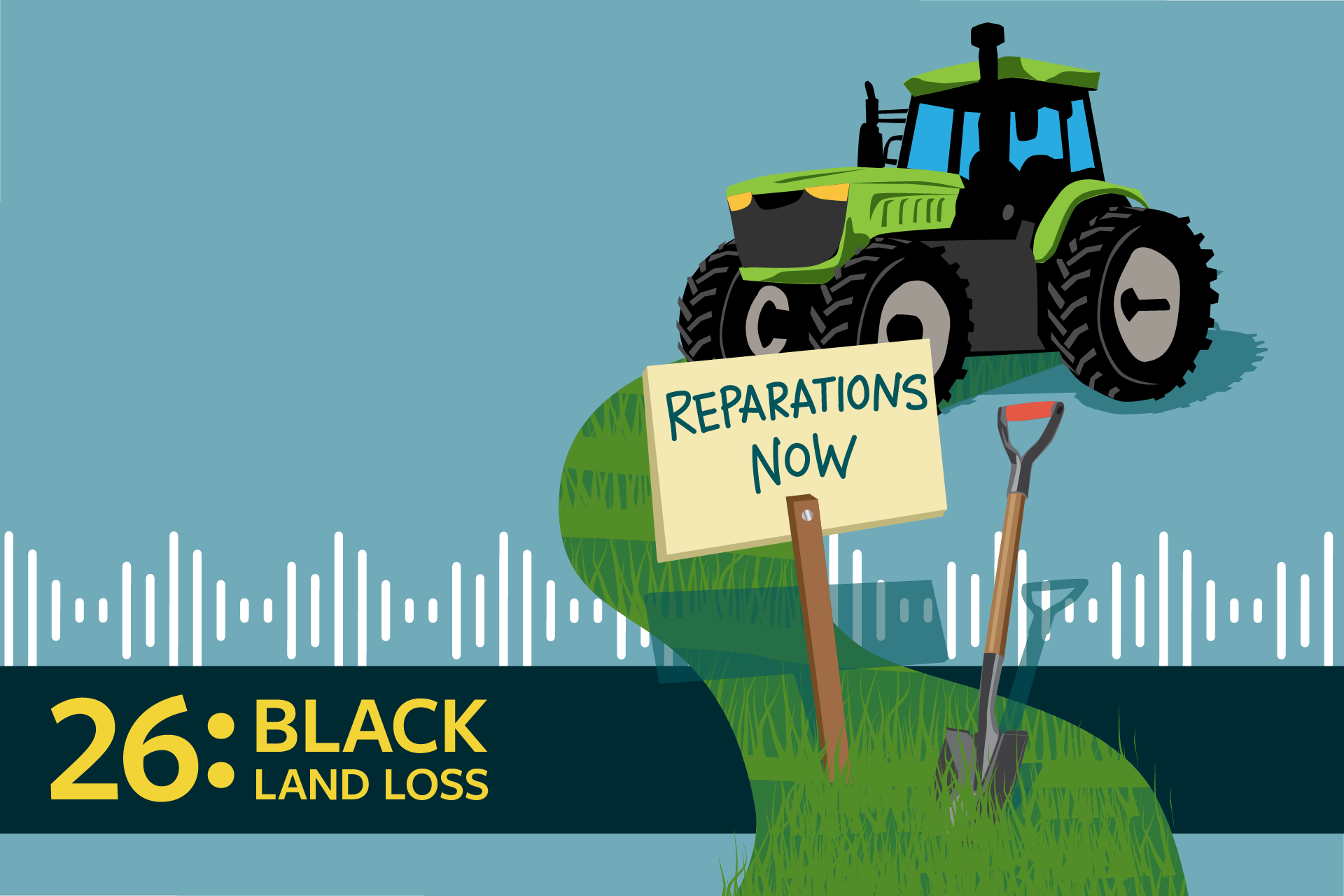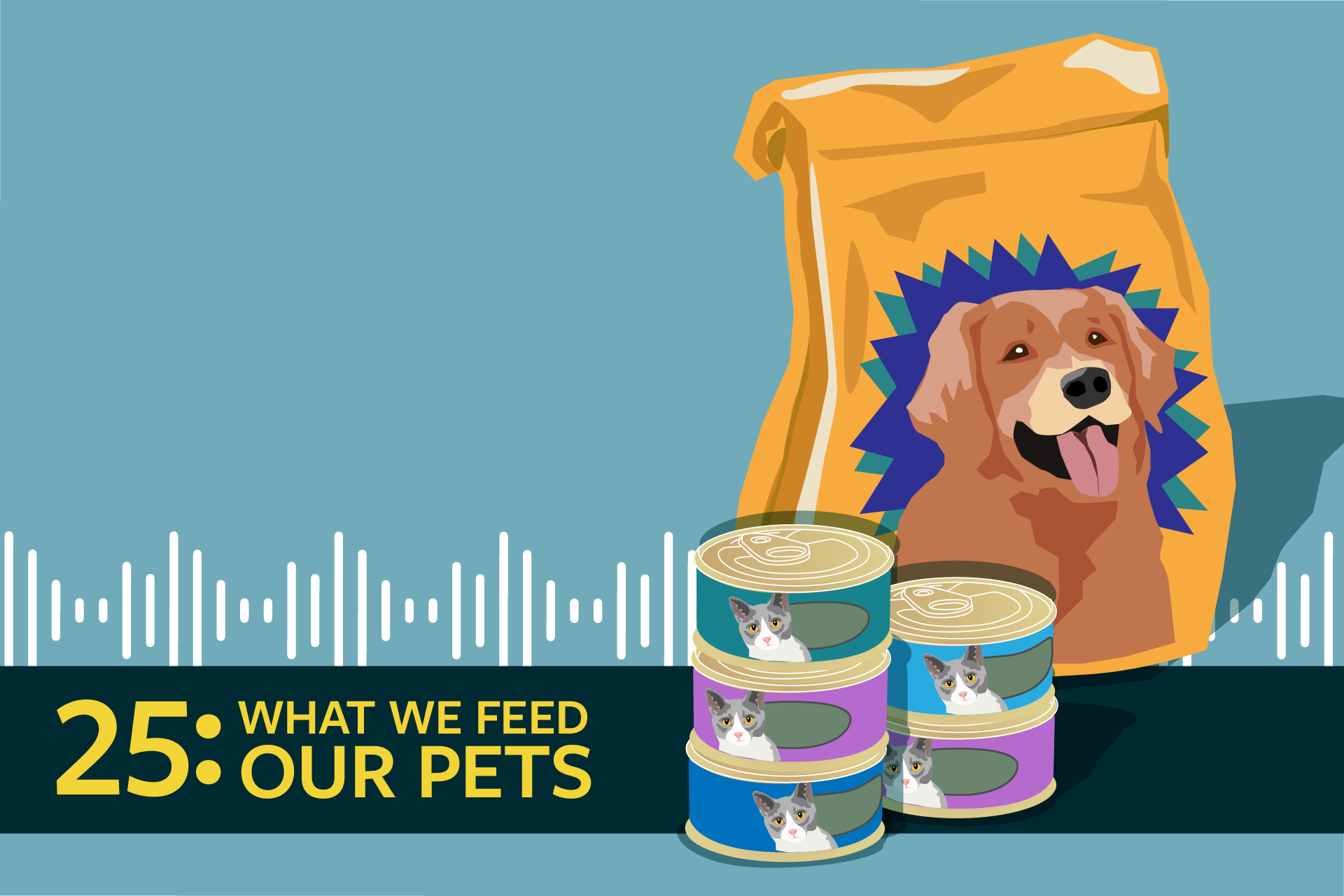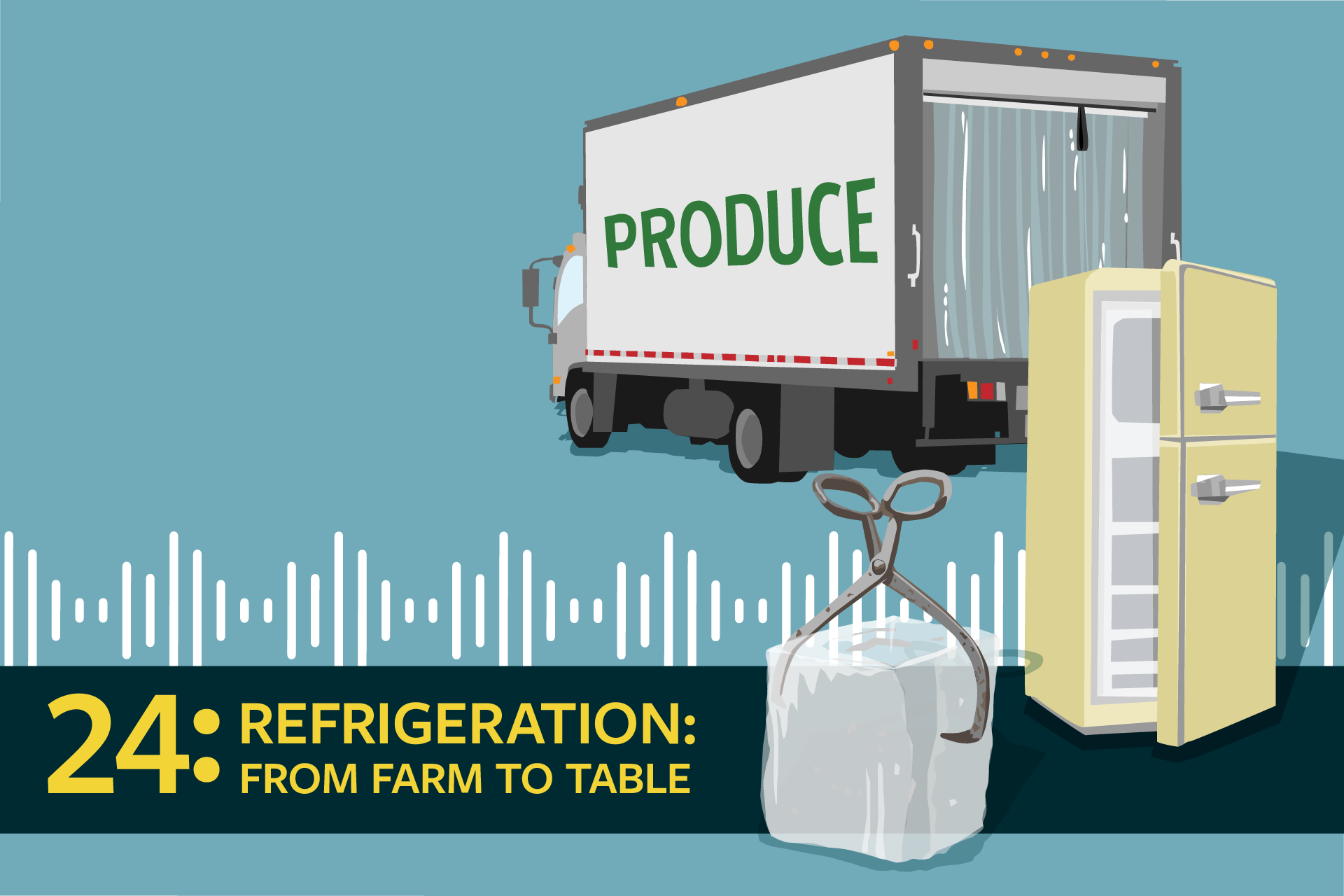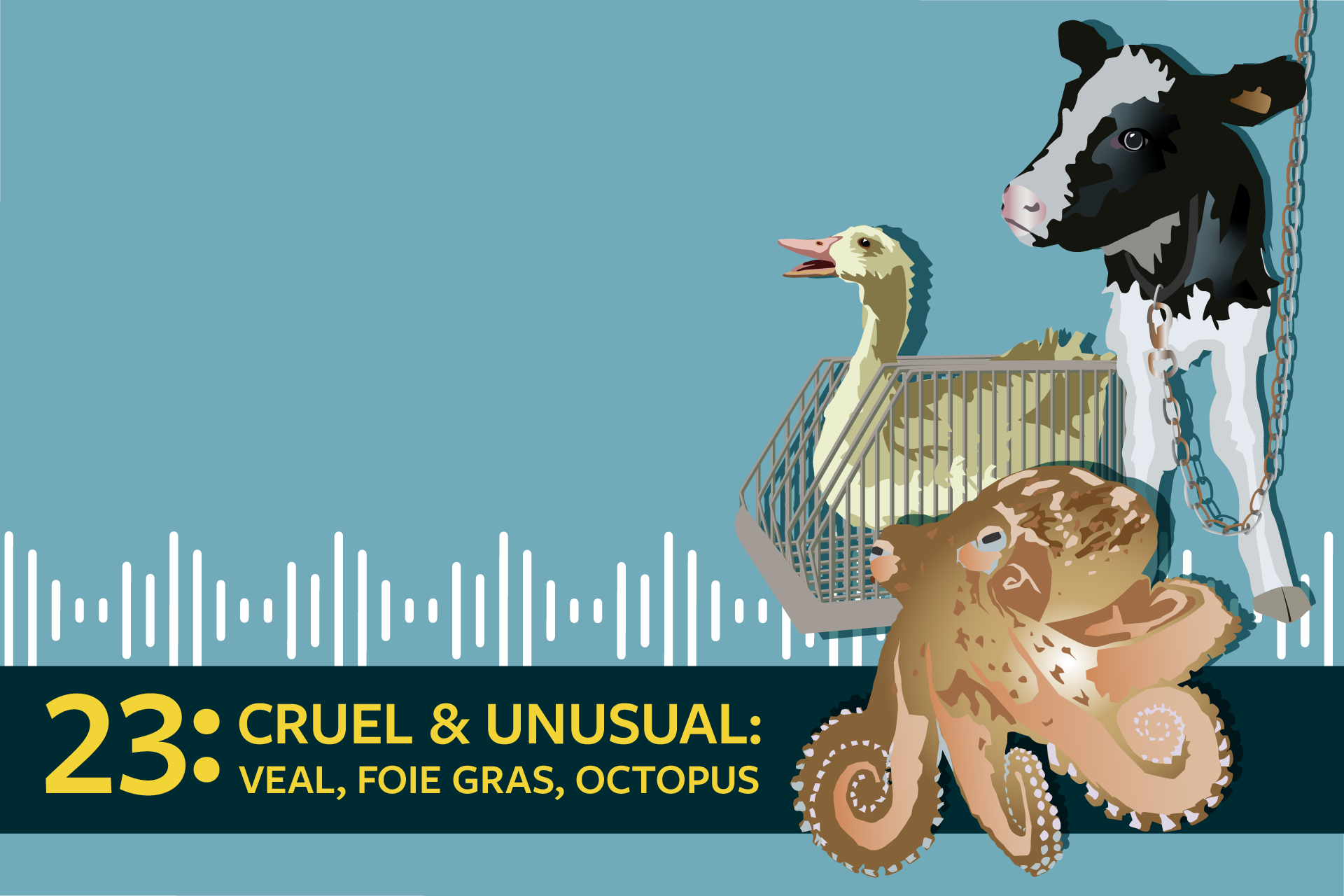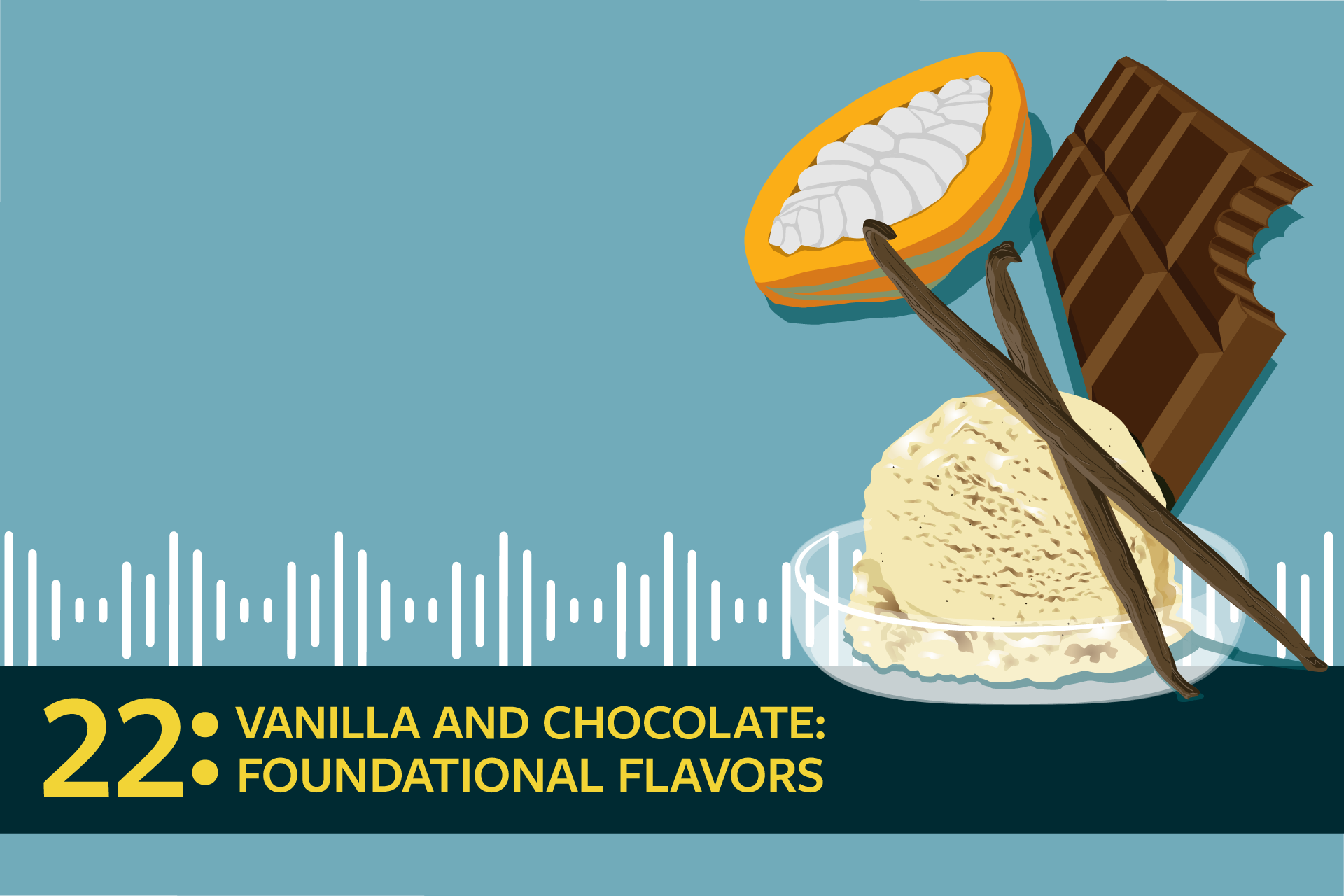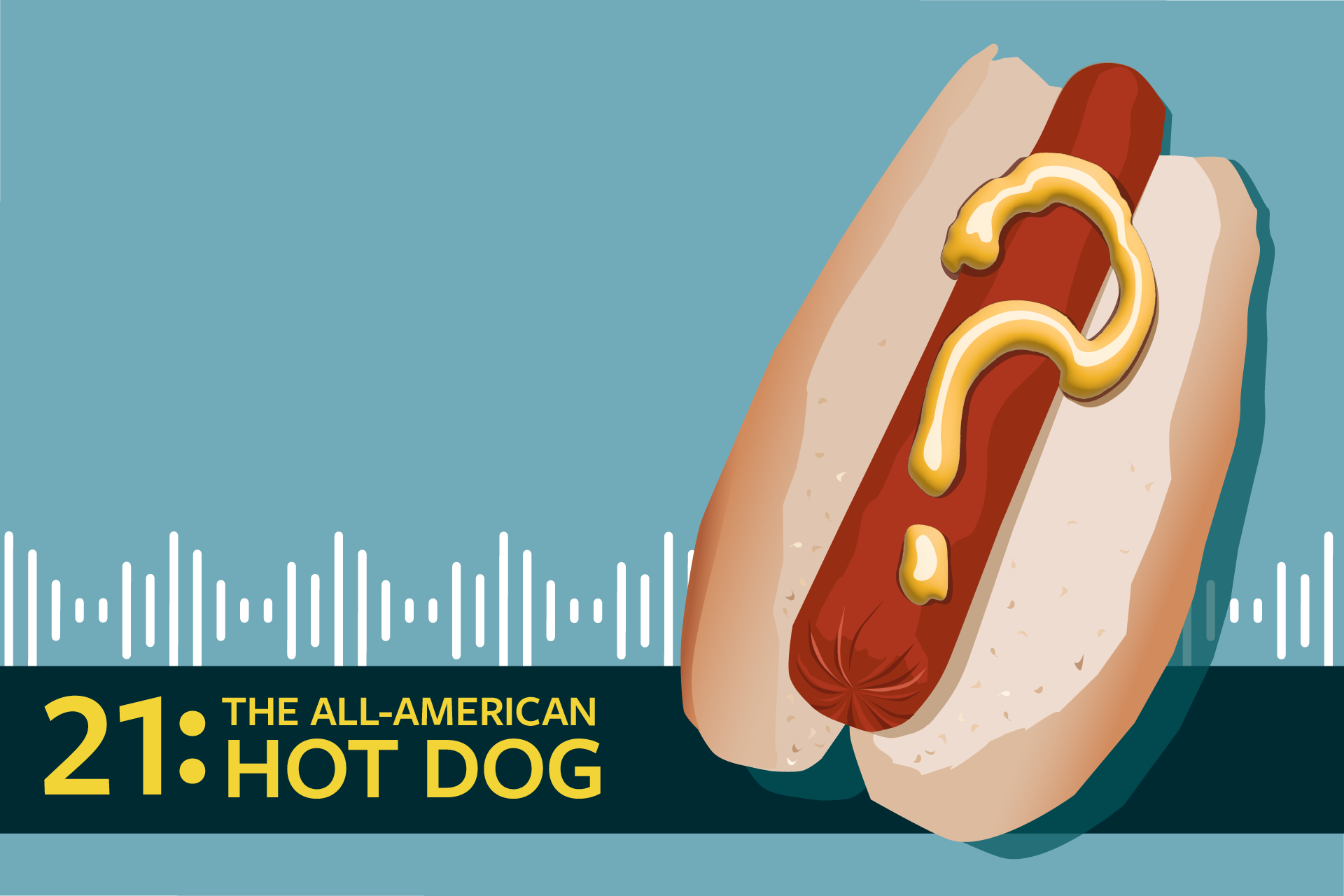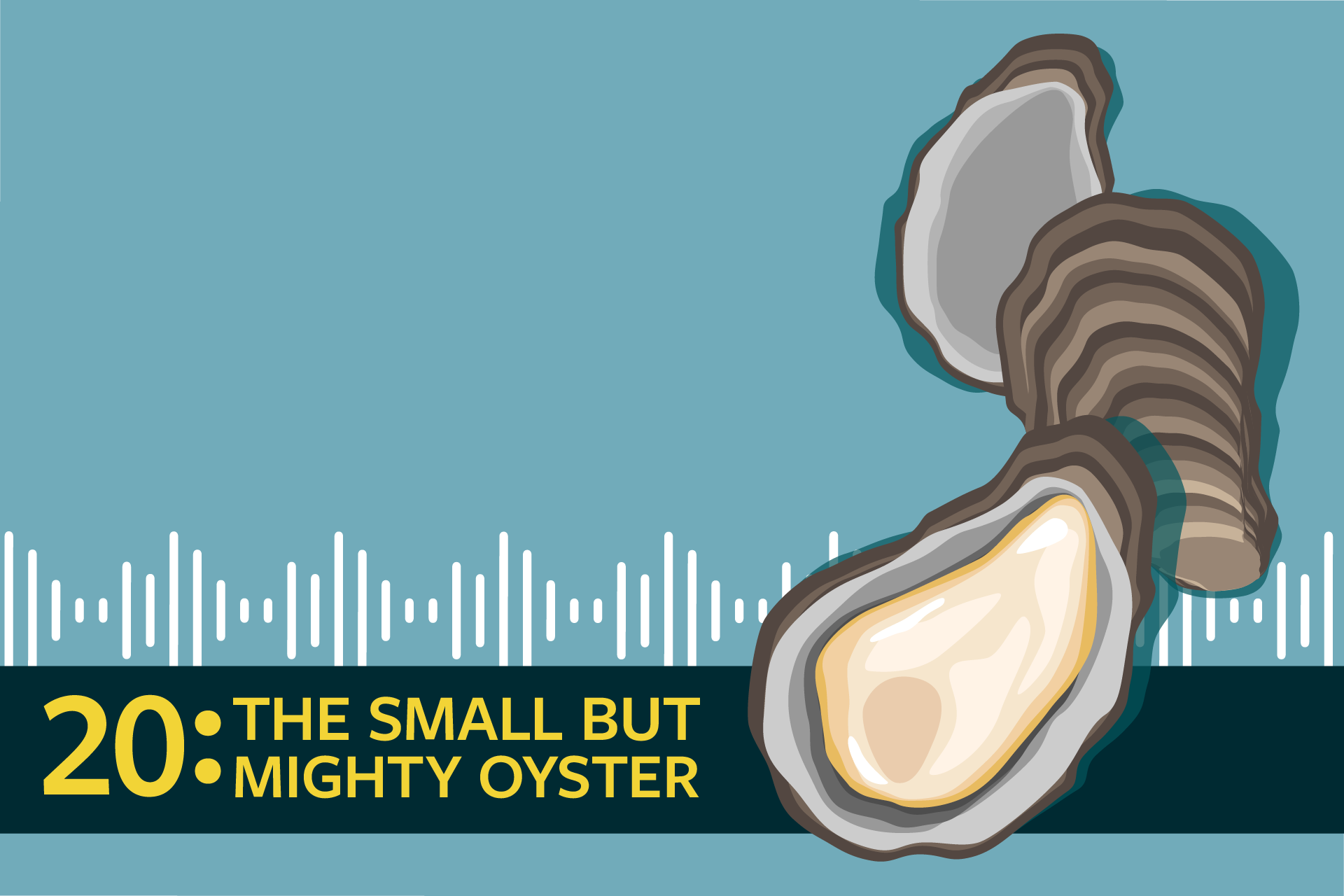What You’re Eating Podcast
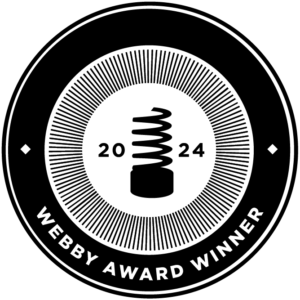
Whether it’s a salad, a hamburger or your morning egg sandwich, the way your meal gets made has an impact. What You’re Eating is here to help you understand how your food gets to your plate, and see the full impact of the food you eat on animals, planet and people. Join host Jerusha Klemperer, Director of FoodPrint, as she dives deeper to uncover the problems with the industrial food system, and offer examples of more sustainable practices, as well as practical advice for how you can help support a better system, through the food that you buy and the system changes you push for.
From practical conversations with farmers and chefs to discussions with policy experts on the barriers to sustainability, FoodPrint’s podcast covers everything from the why to the how.
Subscribe wherever you find your podcasts.
CURRENT EPISODES
Episode 32: The Lie of the Little Red Barn
When most of us imagine a farm, it’s a little red barn with happy cows, a pig and a few chickens pecking in the grass. We are taught this story when we are children, through board books, the song “Old McDonald” and our ABCs. But do you really know what happens on an industrial farm? Have you ever seen a video made by animal rights activists, of animals in pain and being mistreated? Did you scroll by? Did you watch it? On today’s episode we talk about bearing witness to the way animals are raised for us to eat. And about the laws that have been passed in states around the country to keep us from doing so. Who benefits from us staying in the dark? And what are the larger repercussions of hiding these truths behind factory farm walls?
Episode 31: What's the Deal with MAHA?
On this episode we are joined by Helena Bottemiller Evich and Ted Ross, the co-hosts of the podcast “Forked.” Every two weeks, they discuss “the politics and policy that are turning the American food system on its head.” For much of the past ten months, they have spent a huge amount of time discussing the Make America Healthy Again (MAHA) movement, its connections to de-facto leader, Health and Human Services Secretary Robert F. Kennedy Jr., and the ways in which he and the movement are shaping policy and practice, from federal and state laws to food companies’ promises to change the formulas of their products. Together we talk through who makes up this movement, what their priorities are, what progress MAHA is making towards its goals — and where it is falling short. Can it make America healthy again?
Episode 30: Eat More Beans
If we all ate less meat and more beans, it would be a terrific win for the environment. And that’s not the only thing to love about beans! They are very good for you. And satisfying. And versatile. They are also culinary mainstays for a huge number of people from a wide variety of cultures. Beans have all the protein that the protein obsessives want right now. And they are very affordable during a time of true economic hardship. Also, they’re delicious.
There’s a small but growing number of people who are passionate about beans’ many amazing qualities, but that number needs to grow. In our latest podcast episode, we went looking for the bean freaks, to learn from them how we can get everyone as excited about beans as they are. Can they help us persuade the world to fall in love with beans?
Episode 29: Lives on the Line
Ever wondered how chicken nuggets are made? There’s the question of what’s actually in them — a continual source of jokes since the dawn of their existence — but the ingredients aren’t the only mystery. According to the United States Department of Agriculture, about half a million people work in meat-processing plants, slaughtering livestock and cutting carcasses into parts. In Arkansas, a kind of unofficial chicken capital, this work might also involve making a slurry of meat and skin and bones, then breading it and frying it, and finally freezing the little pieces and strips to become chicken fingers or nuggets. Most of these workers are immigrants; many are refugees. They are doing largely invisible work while being underpaid, overworked and mistreated. Recently, the federal government has begun to criminalize immigration, a development unfolding at the same time that the dirty and dangerous work done by immigrants has been deemed essential. After all, meat — the most American of foods — is something we are told we cannot live without. In this episode we speak about these workers with Alice Driver, author of the 2024 book “Life and Death of the American Worker: The Immigrants Taking on America’s Largest Meatpacking Company.”
Episode 28: Going Nuts for Pistachios
Suddenly, it feels like pistachios are everywhere. From “Dubai chocolate” to pistachio lattes, croissants, nut butters and more … For two years now, pistachio has appeared on several lists of upcoming food trends. How do these food and flavor trends start? How does a product — once mostly eaten by Middle Eastern Americans but stuck on the sidelines with everyone else — hit the mainstream? Do we plant more pistachios because they’ve become hugely popular? Or have they become hugely popular because we’re suddenly growing so many? On this episode, we hunt for the origins of a trend and try to tease out the implications of a food going viral.
Episode 27: You're Probably a Vegan in Waiting
If becoming a vegan sounds like a joyless task — like you’d have to give up too much or that you’d have to transform into an entirely different person — animal ethics professor Matt Halteman has some advice. In his book “Hungry, Beautiful Animals: The Joyful Case for Going Vegan,” Halteman makes the case that going vegan is a joyful endeavor. In his view, leaving animal products behind provides the opportunity to “be the change we want to see in the world.” In this time of climate chaos and political upheaval, of worldwide human and animal suffering (when, some argue, “the cruelty is the point”), changing what we eat can be a slyly powerful tool of resistance.
Episode 26: Black Land Loss
In 1910, Black farmers owned as many as 16 million acres of farmland in the United States. While that was only 1.8 percent of total U.S. farmland at the time, Black farmers own even less farmland today: as of 2017, only 2.9 million acres, or 0.32 percent. After the death of her grandfather — who had managed to buy back land in the South years after his family’s displacement — writer Brea Baker went looking to understand him and, through him, her lineage. In rebuilding and reckoning with her family tree, she pieced together a personal story that reflected the greater history of Black America. In this episode we talk to her about her book, “Rooted: The American Legacy of Land Theft and the Modern Movement for Black Land Ownership,” in which she clearly maps out the United States’ progression from slavery to Emancipation and Black land acquisition — followed almost immediately by a pattern of violent land theft and devastating loss. She makes plain this country’s racist history, ultimately connecting the dots to today’s persisting racial wealth gap.
Episode 25: What We Feed Our Pets
We love our pets — a lot. And there’s a booming business — around $136.8 billion worth of pet food, treats and more reflecting that deep love and connection. Of course, as our pets become more central to our families, we become more and more interested in feeding them well. Gone are the days when kibble and cans were the only foods on offer: Caring and concerned owners can now choose between a dizzying array of options, ranging from the familiar kibble and cans to monthly deliveries of human-grade prepared food and even home-cooked meals made from fresh ingredients. But is there any difference between any of these foods? Are the expensive ones worth it? And if you’re one of those people who thinks about your own food quite a bit, but hasn’t really thought about your pet’s food that much, should you bother trying to change?
Episode 24: Refrigeration: From Farm to Table
When refrigerators became commonplace in our kitchens, they changed the way we shopped, cooked and ate. But home refrigerators are just “the tip of the iceberg,” as they say — the last step in a long, cold, technologically impressive supply chain of refrigerated warehouses, trucks, trains, boats and planes that brings our produce, milk, meat and more from fields, factories and slaughterhouses to our supermarkets and homes. In this episode we talk about this cold chain with Nicola Twilley, host of the Gastropod podcast and author of the book “Frostbite: How Refrigeration Changed Our Food, Our Planet, and Ourselves.”
Episode 23: Cruel & Unusual: Veal, Foie Gras, Octopus
There are a variety of ways to raise animals for consumption — and while some would argue we shouldn’t be eating animals at all, others advocate rooting out the cruelest practices, the ones that cause the most suffering. But how do you measure cruelty? Do some animals deserve to suffer less than others because they’re especially cute or smart? And does your right to enjoy a fancy or delicious meal trump the right of an animal to not experience extreme cruelty? In this episode, we look at three controversial foods — veal, foie gras and octopus — and the campaigns launched by animal rights activists to stop their production and consumption. These foods and the animals they come from have a lot to teach us about the ethics of animal agriculture — opening up deeper questions about whether we should be eating animals at all.
Episode 22: Vanilla and Chocolate: Foundational Flavors
Vanilla and chocolate — two of the most beloved flavors in the world — have been linked since the beginning. Both the vanilla bean and the cacao pod were first cultivated thousands of years ago in what is now Mexico, where later the Aztecs would use vanilla to make the bitter cocoa in their sacred chocolate drink more palatable. Today, these two flavors, in both natural and artificial form, dominate our dessert options, from ice cream scoops to the sweet snacks in grocery aisles. But the modern chocolate and vanilla industries both extract wealth from communities in the Global South, and these products come with all the environmental and social problems of a system that leaves smallholder farmers in poverty. How can we reconcile our love of these essential flavors with their often-problematic production?
Episode 21: The All-American Hot Dog
For well over a century, the hot dog has been the quintessential dirt cheap, flavorful, all-American meal — a kind of meaty blank slate on which to slather your regional preferences, like slaw, chili, relish or onions. But can a person who cares about what they’re eating and the impact their food has on the environment — and animals, and meatpacking workers — eat a hot dog in good conscience? How about four or five hot dogs…every day? In this episode, we speak to a writer who did just that, all to tell us the story — good, bad and ugly — of this handheld feast.
Episode 20: The Small but Mighty Oyster
Why does the oyster — amorphous, slimy, hidden in a shell that’s craggier and more unwieldy than that of a scallop or a clam — capture so many food-lovers’ hearts? What exactly is an oyster? Why are most of the oysters we eat farmed? And why, unlike other farmed seafood, are they considered such a benefit to their environment? In this episode, we head to the farm — the oyster farm — and talk to various experts to understand more about this beloved and very sustainable bivalve.
MORE EPISODES
Sign up for the latest food news, and to get notified when each episode launches.
By subscribing to communications from FoodPrint, you are agreeing to receive emails from us. We promise not to email you too often or sell your information.

